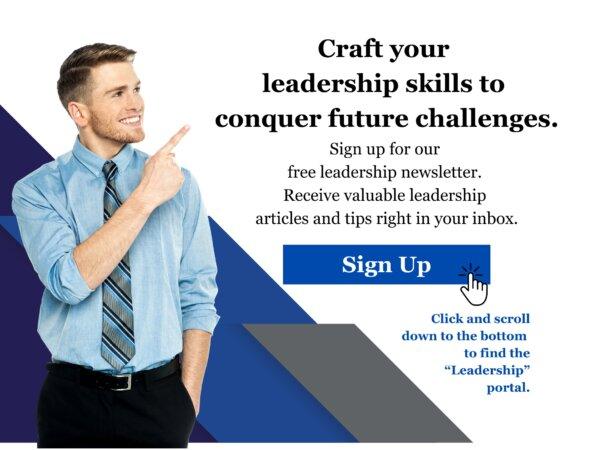What are the cognitive challenges leaders at the highest levels face?
Leadership, especially at the C-level, is a journey of high-stakes decisions and complex challenges. The intensity of this role often exposes leaders to cognitive biases—subtle yet profound thinking errors that can misguide decisions and strategies. While these biases can affect anyone, thinking mistakes made by leaders often have a more severe impact.
Understanding and mitigating these biases is key. In this article, I’ll explain five of the most common cognitive biases that affect C-level executives, illustrate them with real-world examples, and offer pragmatic strategies to counteract their effects.

1. Confirmation Bias: The Echo Chamber Effect
The Trap
Leaders often gravitate toward information that aligns with their pre-existing beliefs, inadvertently overlooking contradictory and important evidence.
In Practice
A CEO convinced that remote work hampers productivity may only acknowledge studies supporting this view, while ignoring evidence to the contrary.
Countermeasures
Pursue Contradictory Evidence: Actively seek out information that challenges your beliefs. Embrace Diverse Opinions: Consult individuals with different perspectives, including team members and external advisors. Separate Beliefs from Identity: Understand that being proven wrong is an opportunity for growth, not a personal failure.
2. Overconfidence: The Illusion of Certainty
The Trap
Executives often overestimate their knowledge and predictive abilities, overlooking potential uncertainties and risks.
In Practice
A CFO might confidently project revenue figures while neglecting market uncertainties and potential disruptions.
Countermeasures
Conduct Reality Checks: Regularly compare predictions with actual outcomes to ground your expectations. Explore Multiple Scenarios: Conduct sensitivity analyses to understand different possible outcomes. Solicit External Insights: Engage experts and team members to provide fresh perspectives and challenge assumptions.
3. Sunk Cost Fallacy: The Costly Commitment
The Trap
Leaders sometimes persist with initiatives due to past investments, regardless of current or future viability.
In Practice
A CEO might insist on continuing an unprofitable venture simply because substantial resources have already been invested.
Countermeasures
Implement Regular Audits: Continuously assess the return on investment of ongoing projects. Be Ready to Pivot: Embrace the courage to discontinue projects when necessary. Focus on Future Gains: Shift attention from sunk costs to potential opportunities that could arise from reallocating resources.
4. Groupthink: The Consensus Conundrum
The Trap
The desire for group harmony can lead to unchallenged decision-making and potentially flawed outcomes.
In Practice
Executives in a board meeting might hastily agree to a strategy to avoid conflict, neglecting a thorough risk assessment.
Countermeasures
Assign a Devil’s Advocate: This individual will critically question group decisions. Promote Anonymous Input: Use anonymity to encourage genuine opinions. Foster Healthy Debate: Cultivate an environment where diverse viewpoints are valued and encouraged.
5. Halo Effect: The Deceptive Glow
The Trap
An overall positive impression of an individual or organization can overshadow objective assessment of their true capabilities.
In Practice
Business books often use successful companies as examples of “what to do” ignoring whether the company did those things to become successful or because once they were successful they decided to do those things.
Countermeasures
Adopt Objective Evaluation Metrics: Utilize clear, measurable criteria for performance assessment. Invite Independent Reviews: Consider external evaluations for impartial judgments. Assess Competencies Separately: Evaluate individual skills and traits on their own merits, rather than being influenced by a general positive impression.
Mastering Decision-Making: A Leader’s Imperative
Awareness of these cognitive biases is the foundation for enhanced decision-making in the C-suite. The next vital step is the diligent application of the outlined strategies, enabling leaders to transcend these mental traps and lead with greater clarity and effectiveness.
To do: At your next leadership team meeting, pay close attention to see if these biases occur and use the countermeasures above to deal with them if they do.
Republished from marksanborn.com








